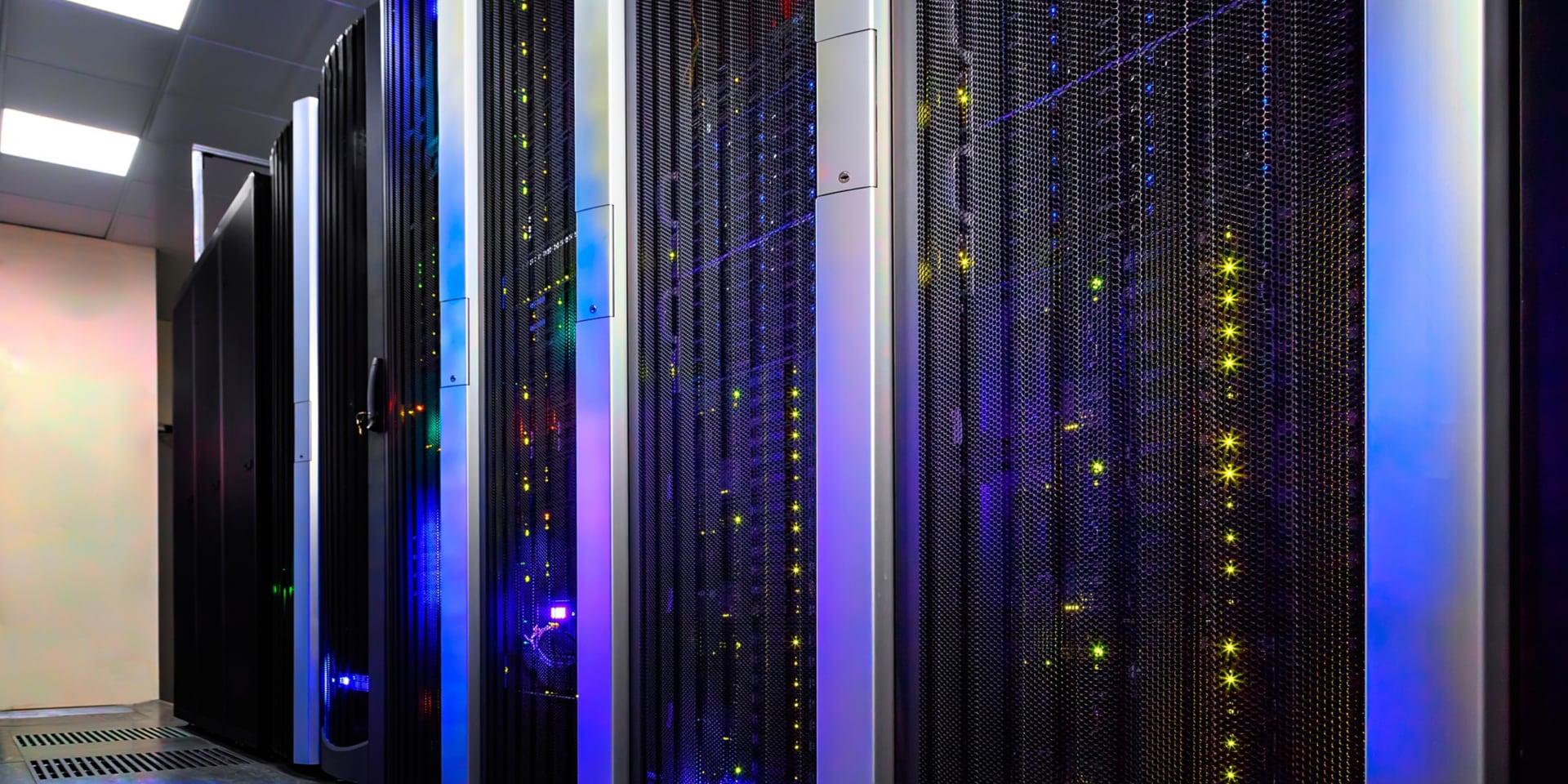May 15, 2018
Developing a Next-Generation Backup Capability
Simplicity is essential as organizations establish seamless data protection for hybrid computing environments.

Across industries, organizations are moving workloads between on-premises data centers and the public cloud, creating a hybrid computing environment that combines the efficiencies of on-premises equipment with the agility and scalability of the cloud. While this approach delivers an optimized, flexible computing environment, it also creates headaches for IT professionals responsible for coordinating backups across differing environments.
For years, my customers have told me that they want simplicity in their backup environment. As products became more complex, the level of frustration grew, reaching a peak when organizations tried to integrate their on-premises and cloud backup solutions. The last two years witnessed the rise of next-generation backup solutions that are designed to bring simplicity to the space and provide seamless backups across computing environments. Customers leverage these solutions to send backups of on-premises systems to the cloud and to create on-premises backups of cloud systems.
Backing Up to the Cloud
The cloud offers an ideal environment for organizations to send backups of their on-premises data. A variety of providers offer Backup as a Service solutions that provide customers with the comfort of knowing their data is securely stored in a remote location where it can be retrieved at a moment’s notice.
Organizations often use these services as a second line of defense to complement their on-premises backups. On-premises solutions are designed to provide rapid recovery in the event of a drive failure, file corruption or user error. The cloud provides a layer of protection against a catastrophic failure at the primary site, allowing the organization to quickly stand up operations at a new location or in the cloud.
Backing Up from the Cloud
As organizations shift workloads to the public cloud, one of their primary concerns is ensuring that they retain control over their own data. Backing up from the cloud to an organization’s on-premises data center provides it with the peace of mind that it retains access to its own information, even if the cloud provider experiences a catastrophic failure.
Another major advantage of this approach is that organizations may continue to centralize their backup strategy. On-premises and cloud-based systems all send their backups to a centralized on-premises repository containing all of the organization’s data.
Next-Generation Backup Considerations
As organizations plan their own next-generation backup strategies, it’s important to keep the fundamentals of data protection in mind. First, you can’t effectively back up your data unless you know where that data is located. A solid data inventory is essential to creating a comprehensive data protection strategy.
Second, mind your metrics. Organizations should determine their acceptable levels of data loss and recovery times, and document them as recovery point objective and recovery time objective measures. These measures provide clear requirements for testing and evaluating the success of data protection mechanisms.
Finally, keep it simple. Complexity is the enemy of data protection. The simpler your strategy is to document and implement, the more likely it is that it will function properly when disaster strikes. Data protection isn’t rocket science, but it does require care and attention.
This blog post brought to you by:


